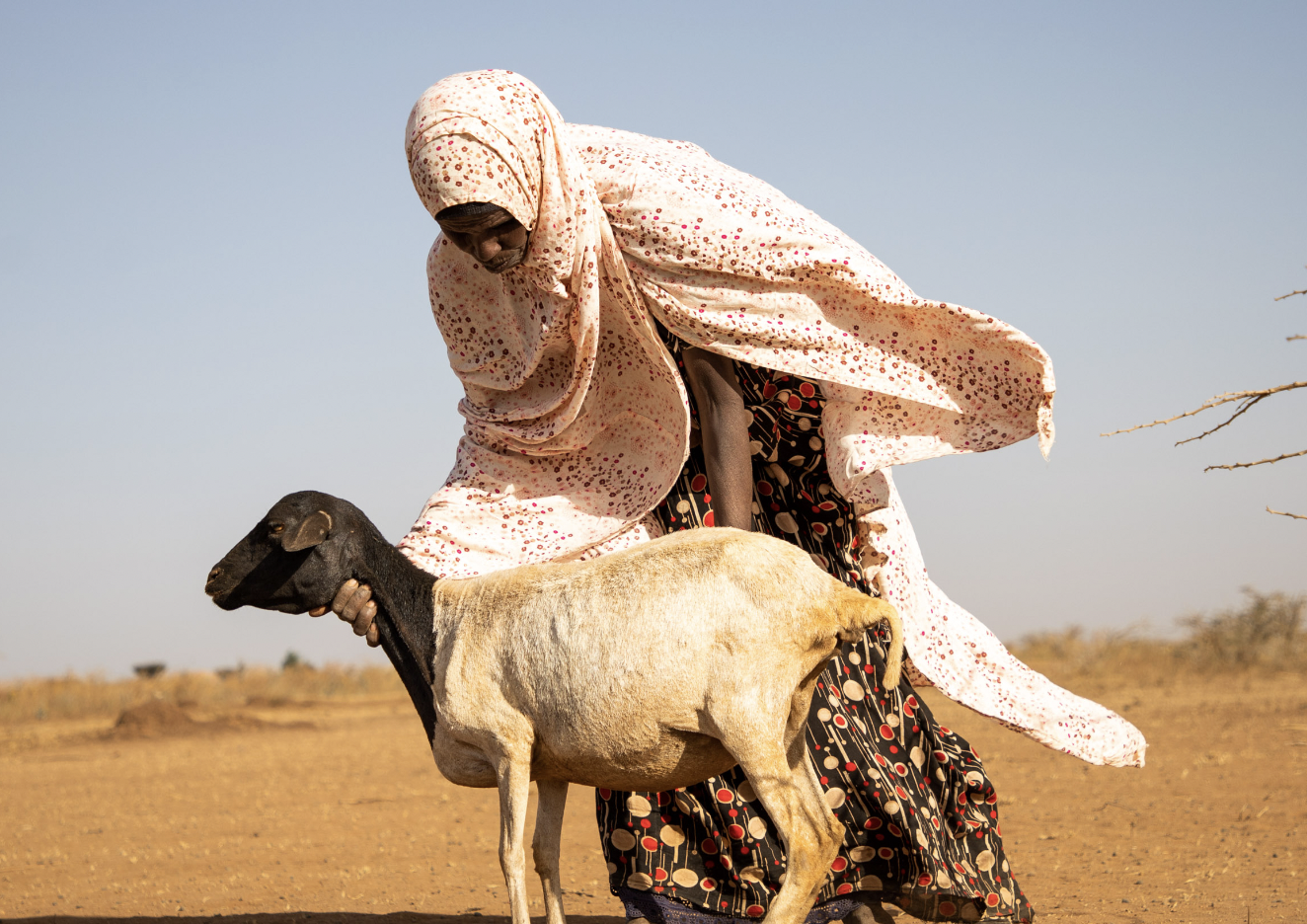FAO: Food crisis tightens its grip on 19 ‘hunger hotspots’
The number of people facing acute food insecurity worldwide is expected to continue to rise precipitously, as the food crisis tightens its grip on 19 ‘hunger hotspots’ – driven by rising conflict, weather extremes, and economic instability aggravated by the pandemic and the ripple effects of the crisis in Ukraine, a joint UN report released today has found.

Starvation threatens East Africa
The ‘Hunger Hotspots – FAO-WFP early warnings on acute food insecurity’ report – issued by the Food and Agriculture Organization of the United Nations (FAO) and the UN World Food Programme (WFP) calls for urgent humanitarian action to save lives and livelihoods and prevent famine in hotspot countries where acute food insecurity is expected to worsen from October 2022 to January 2023. The report lays out country-specific recommendations on priorities for anticipatory action – short-term protective measures to be put in place before new humanitarian needs materialize; and emergency response – actions to address existing humanitarian needs.
“The severe drought in the Horn of Africa has pushed people to the brink of starvation, destroying crops and killing livestock on which their survival depends. Acute food insecurity is rising fast and spreading across the world. People in the poorest countries in particular who have yet to recover from the impact of the COVID-19 pandemic are suffering from the ripple effects of ongoing conflicts, in terms of prices, food and fertilizer supplies, as well as the climate emergency. Without a massively scaled up humanitarian response that has at its core time-sensitive and life-saving agricultural assistance, the situation will likely worsen in many countries in the coming months,”
said FAO Director-General QU Dongyu.
“This is the third time in 10 years that Somalia has been threatened with a devastating famine. The famine in 2011 was caused by two consecutive failed rainy seasons as well as conflict. Today we’re staring at a perfect storm: a likely fifth consecutive failed rainy season that will see drought lasting well into 2023. But the people at the sharp end of today’s crisis are also facing soaring food prices and severely limited opportunities to earn a living following the pandemic. We urgently need to get help to those in grave danger of starvation in Somalia and the world’s other hunger hotspots,”
said David Beasley, WFP’s Executive Director.
The report spotlights the hunger crisis in the Horn of Africa, where the longest drought in over 40 years is forecast to continue – with the fifth failed rainy season in a row on the horizon – adding to the cumulative, devastating effects that successive rainfall deficits, economic crises and conflict have had on vulnerable households since 2020. Water scarcity has led to below average harvests, livestock deaths, and forced hundreds of thousands of people off their land in search of sustenance, while increasing the risk of intercommunal and resource-based conflict.
Up to 26 million people are expected to face Crisis or worse (IPC Phase 3 and above) levels of food insecurity in Somalia, southern and eastern Ethiopia, and northern and eastern Kenya. With humanitarian assistance at risk of being cut due to funding shortfalls, the spectre of large-scale deaths from hunger looms large in Somalia, with famine likely to take hold in the districts of Baidoa and Burhakaba in Bay region come October. Without an adequate humanitarian response, analysts expect that by December, as many as four children or two adults per 10 000 people will die every day. Hundreds of thousands are already facing starvation today with staggering levels of malnutrition expected among children under 5.
Globally, an all-time high of 970 000 people are expected to face catastrophic hunger (IPC Phase 5) and are starving or projected to starve or at risk of deterioration to catastrophic conditions in Afghanistan, Ethiopia, South Sudan, Somalia, and Yemen, if no action is taken – ten times more than six years ago when only two countries had populations in Phase 5.
Related news
Farmers are being helped against drought with free water fees, water retention and irrigation modernization
While the government supports farmers by assuming the water service…
Read more >The government provides irrigation water to farmers for free
The government provides irrigation water to farmers for free by…
Read more >This year’s FAO scholarship recipients graduated in biotechnology and water management engineering
This diverse community is not only proof of the global…
Read more >Related news
What makes us add the product to the cart – research
The latest joint research by PwC and Publicis Groupe Hungary…
Read more >Energy drinks are now legal: what every shopkeeper should know
New regulations on the sale of energy drinks came into…
Read more >Tens of millions with one opening tab – the biggest prize draw in XIXO history has started
This summer, XIXO is preparing for a bigger launch than…
Read more >






